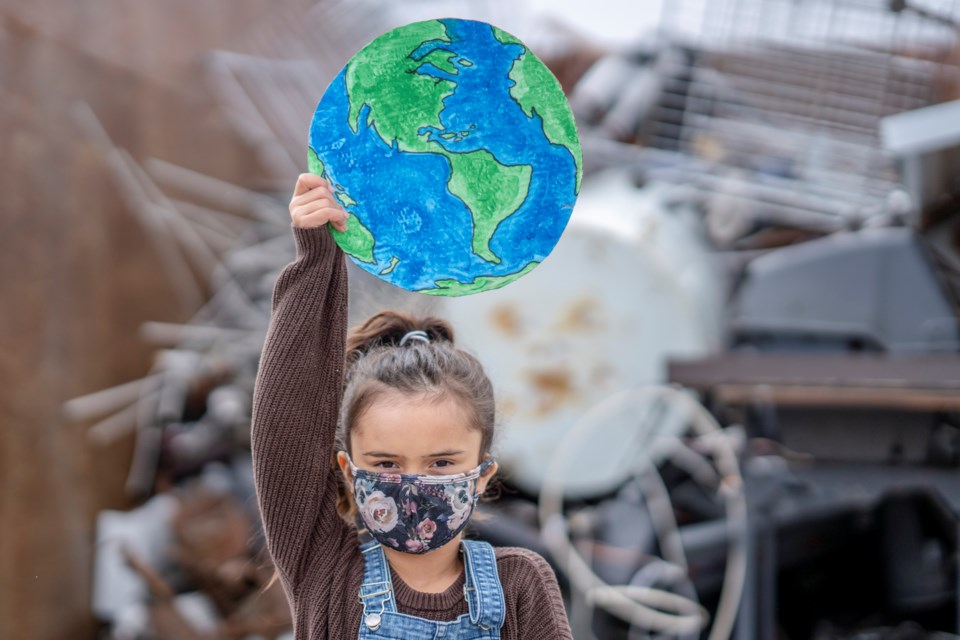Scientists have long been able to definitively link climate change to general, long-term trends like the rising sea levels and rising temperatures. They've even been able to show how a changing climate influences and aggravates natural disasters like floods, fires, droughts, and hurricanes. Recently, however, a new sub-field has gained interest and credibility in the climate science community.
Called "attribution science," or "attribution research," the emerging discipline is building a consensus among scientists that experts can, and should, be more definitive and precise in linking specific natural events to climate change. That's something scientists have long hesitated to do, in part, because of the sensitive political nature of the subject, but also because of the complex nature of weather events and their many drivers.
A , however, called attribution research "one of the most rapidly expanding areas of climate science." And a cited extensive research projects showing that scientists could definitively say a specific event would have been less likely to happen or been less severe if climate change weren't a factor.
Now, California's devastating wildfires are the most recent example of already bad natural disasters that are worsening. California has wildfires every year, but their increasing severity is due in part to factors . Higher temperatures and less precipitation in the state has doubled the typical wildfire season, stretching out the autumn days with ripe conditions for wildfire ignition.
The 21st century has not been kind to the planet's inhabitants, as floods, fires, hurricanes, tornadoes, droughts, and heat waves have caused havoc with historic frequency and severity, each seeming to break a record that had just been broken.
Here's a look at the disasters that have been linked to climate change by the most compelling attribution research available. No longer confined to vagaries like "hurricanes will become more intense" or "droughts will be more severe," climate scientists can now attribute specific events to changing climate patterns that enhance them, aggravate them, or make them more likely.

AFP // Getty Images
2010 Russia heat wave
In 2010, Russia was in the grip of a record-breaking heat wave so extreme that it contributed to the deaths of as many as 50,000 people, . One research paper concluded that natural weather patterns made the heat wave much more severe, and another determined that climate change made it much more likely.
Although the reports seemed to conflict, it was a major early victory for attribution research—scientists could now pinpoint the difference between likelihood and severity in terms of global warming's impact on a specific weather event.
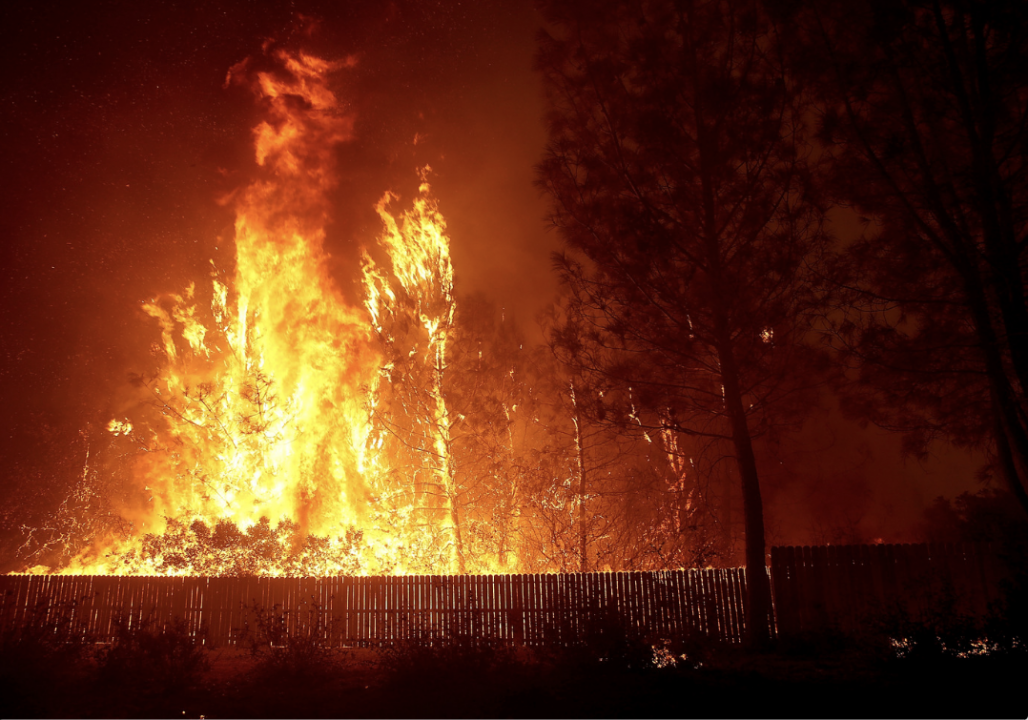
Justin Sullivan // Getty Imges
2018 California Camp Fire
The Camp Fire of 2018 was catastrophic even by the standards of California summer wildfires, an annual ordeal of destruction natural to the state's ecosystems.
What is not natural, however, is that California's burn area has increased fivefold since 1972, a phenomenon that can "very likely" be attributed to climate change, . The Camp Fire killed 86 people and caused more than $16 billion in damage.
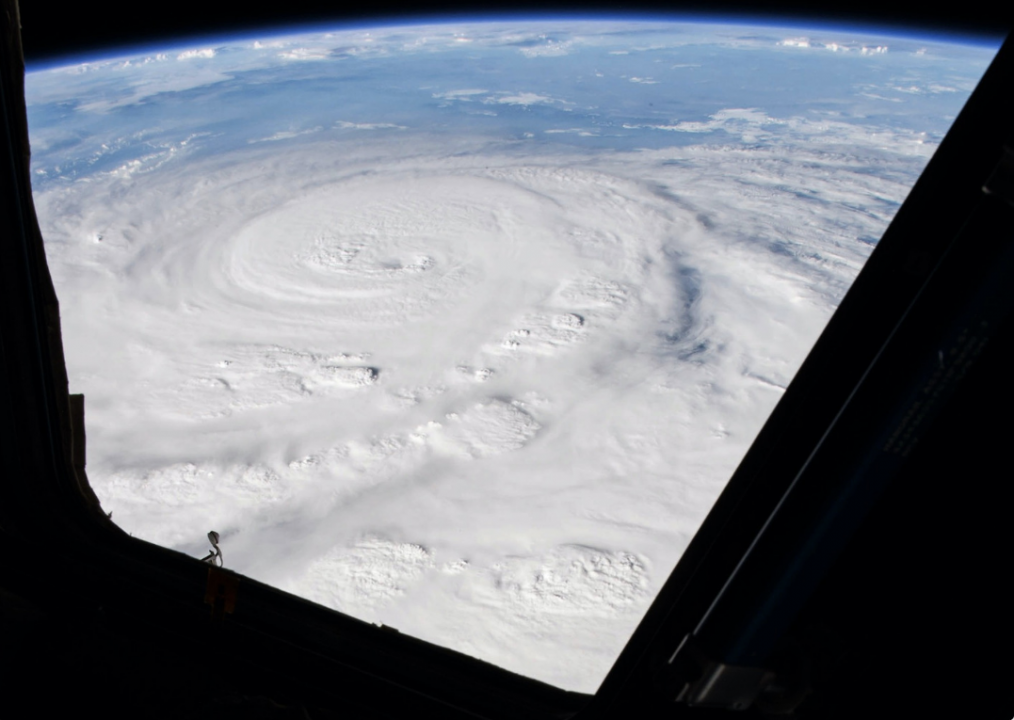
NASA // Getty Images
Hurricane Harvey
Because hurricanes are powered by deep, warm water—like the kind found in the Caribbean where Atlantic hurricanes form—climate scientists have long been able to predict correctly that global warming would make intense, destructive hurricanes more frequent. In 2017, the proof came in the form of in a single year—and Hurricane Harvey was the worst of them all.
The Category 4 storm, which crippled Houston and killed dozens of people, likely achieved its massive size and drenching rains because climate change gave it extra fuel in the form of warmer Caribbean seas, .
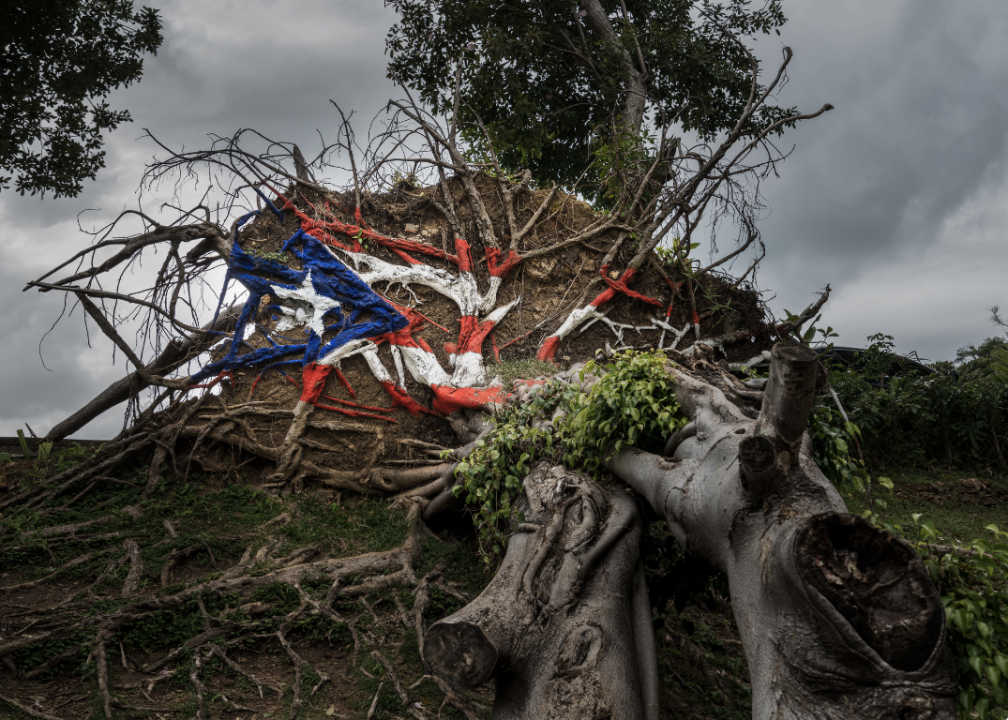
Steve Heap // Shutterstock
Hurricane Maria
Also in 2017, a Category 5 monster hurricane named Maria devastated the Caribbean, particularly Domenica, the U.S. Virgin Islands, and Puerto Rico, killing over 3,000 people.
In 2019, the linking Maria—which dumped more rain on Puerto Rico than any storm since 1956—to climate change. The study's authors concluded that the event was "much more likely" to occur in the climate era of 2017 than it ever would have been when the first records were kept in the 1950s.
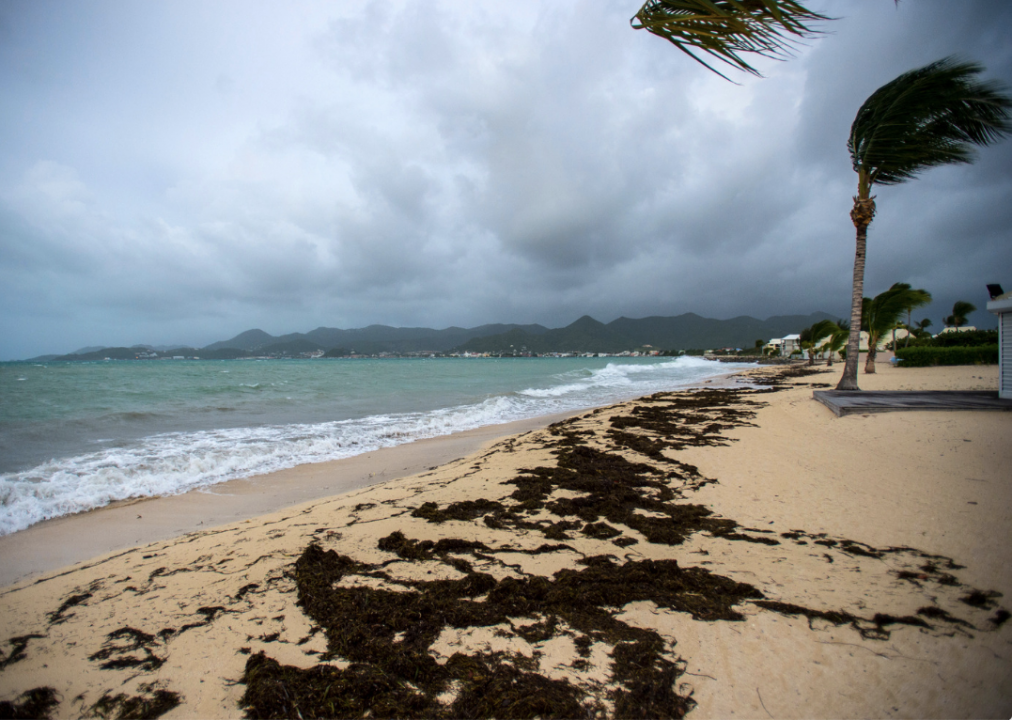
AFP // Getty Images
Hurricane Irma
The year 2017 witnessed three of the five most costly hurricanes in U.S. history: Harvey, Maria, and Irma. Irma was the strongest hurricane ever recorded outside of the Gulf of Mexico or the Caribbean Sea—it remained a Category 5 storm for a record three full days—and Florida took the brunt of the impact when it made its way to the U.S. mainland.
Because of global warming-induced rising sea levels, however, the storm surges it generated wreaked havoc as far north as Charleston, S.C., .
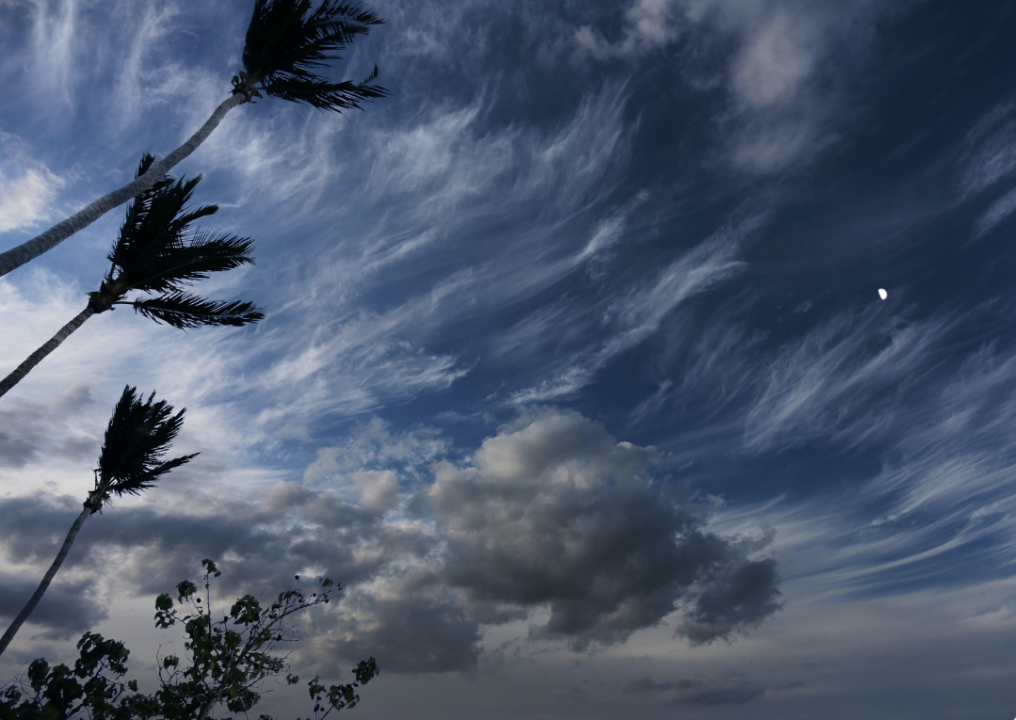
Elijah Lovkoff // Shutterstock
Hurricane Matthew
The year before 2017 set a new precedent for devastating weather events—Hurricane Matthew crushed Florida, the Carolinas, and especially Haiti, where hundreds of people were killed.
Usually, hurricanes "just happen," provided they have moist air, warm water, and converging winds, . But this was different. A Category 5 storm, Matthew was born in waters where record temperatures were tallied, a phenomenon that has caused the number of Category 4 and 5 hurricanes to double since the 1970s.
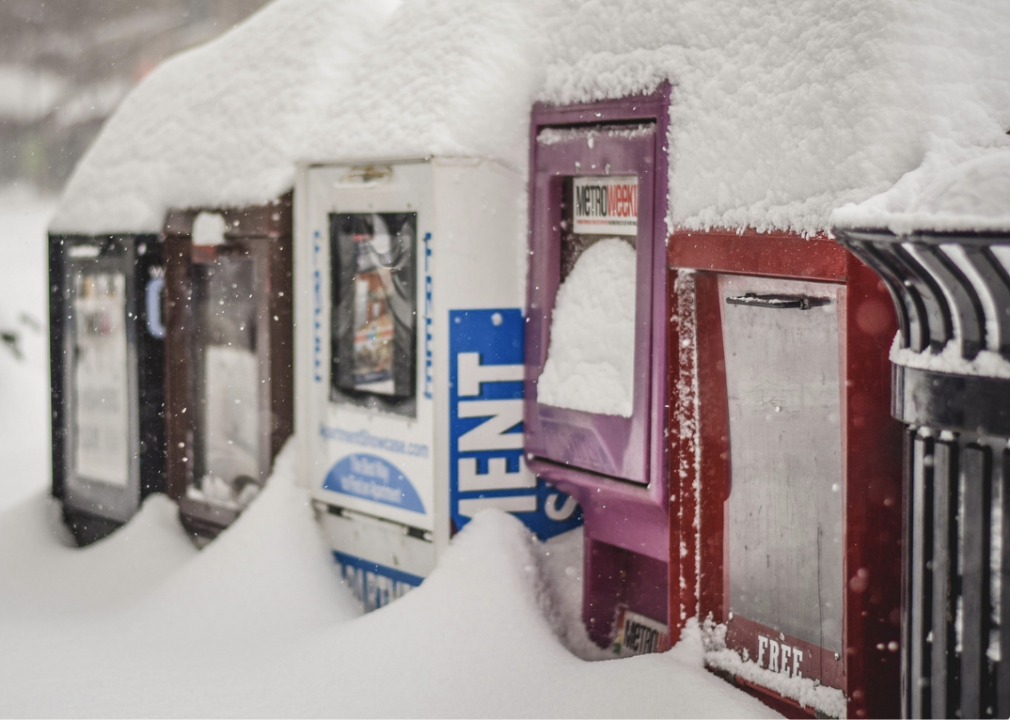
Pixabay
January 2016 winter blizzard
The winter blizzard of 2016 left 55 people dead in a historic storm that dumped three feet of snow on the Mid-Atlantic and Northeastern United States for three straight days. While it's counterintuitive to associate global warming with blizzards, climate change intensifies extreme weather events of all kinds.
, an organization of climate scientists and journalists, warming temperatures created moister air, which led to enhanced precipitation in the form of extreme snowfall in the 2016 blizzard.
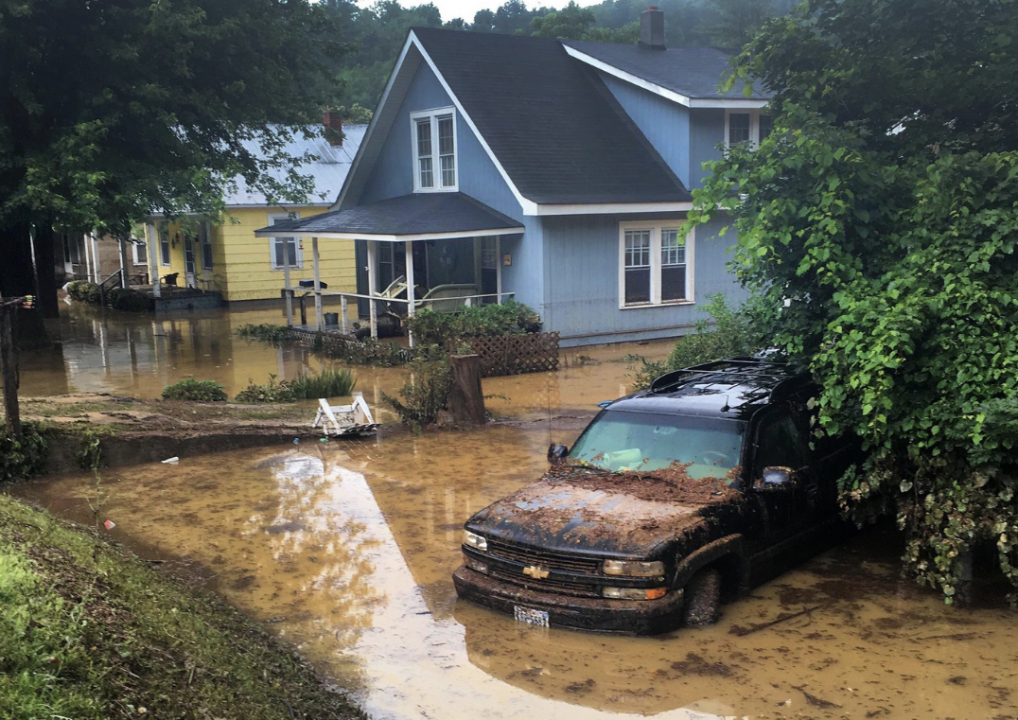
Alfred Puryear // dod.defense.gov
2016 West Virginia floods
West Virginia is one of the most flood-prone states in the country, but even by the standards of Central Appalachia, the flood of 2016 was historic. Climate Signals, a science information project of Climate Nexus, attributed it to "once-in-a-thousand-years rainfall."
The organization notes that extreme precipitation in the region of the United States that contains West Virginia increased by 71% between 1958 and 2012. "Rare and extreme rainfall," , is the result of climate change because warmer air holds more water, which leads to more frequent and severe rain events.
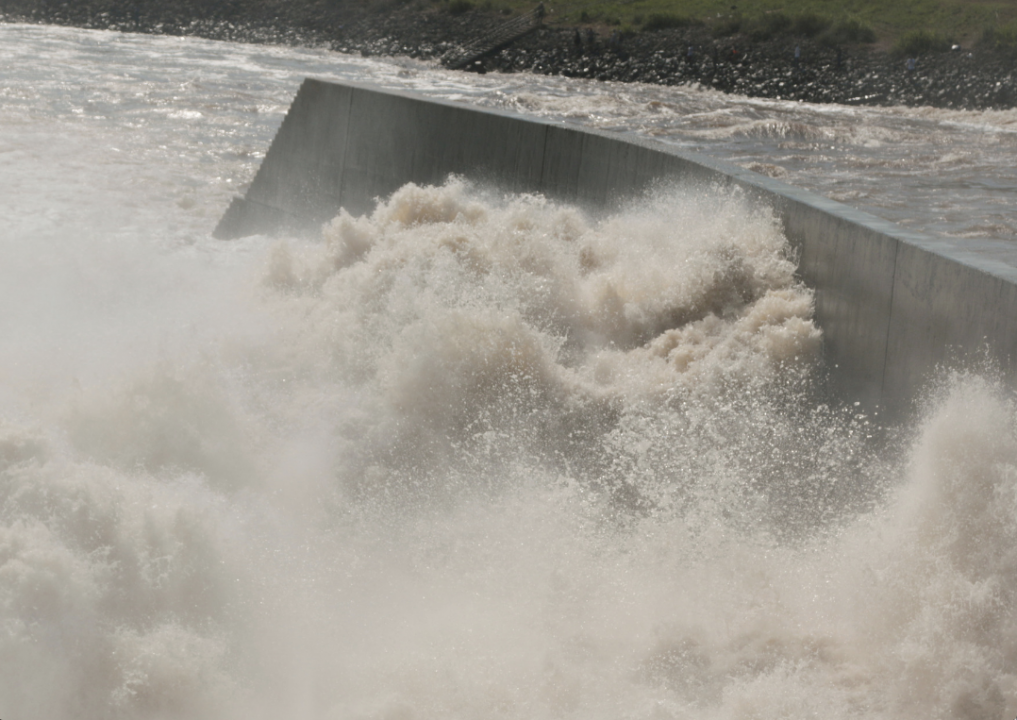
usacetulsa // Flickr
2015 Texas and Oklahoma Floods
In 2015, a full week of heavy rain led to record-breaking flooding—not to mention historic tornado outbreaks—across Texas and Oklahoma. Nearly 60 people were killed in the wettest May on record in both states.
In the catastrophe's wake, that determined the floods were caused by a supercharged El Niño weather event, and that global warming has made modern El Niño patterns more severe than in previous decades.
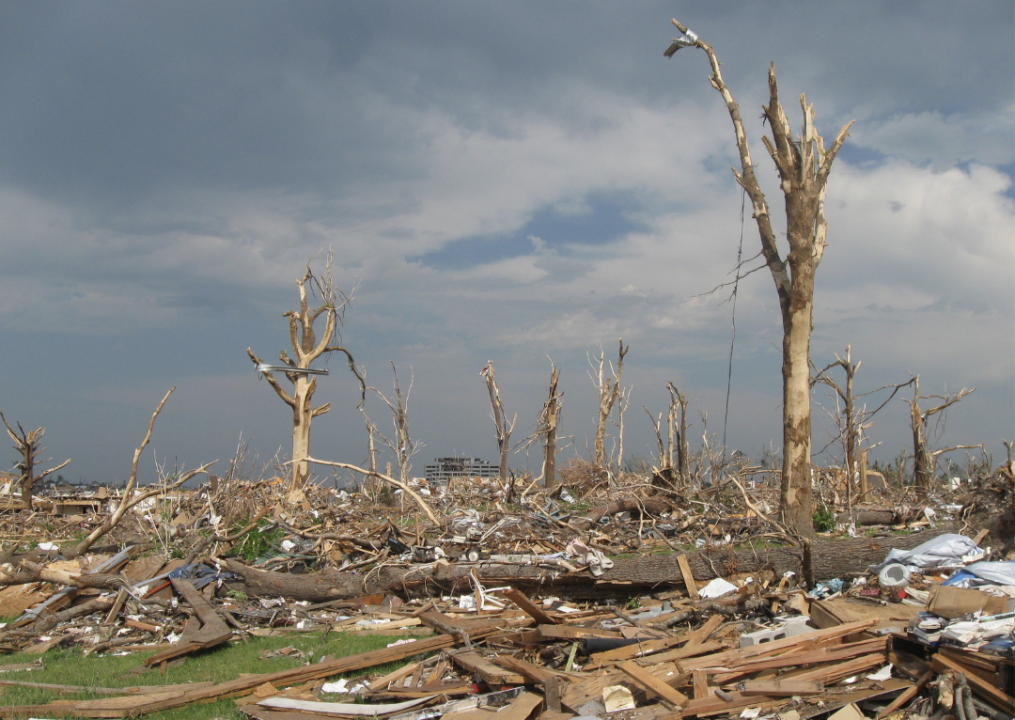
Melissa Brandes // Shutterstock
2011 Tornado Superoutbreak
In April 2011, at least 360 tornadoes tore through the American South, Midwest, and Northeast, killing almost 350 people in the most significant, deadliest, and costliest tornado outbreak in U.S. history. The National Oceanic and Atmospheric Administration's (NOAA) Climate Attribution Rapid Response Team .
Although it could not directly attribute the outbreak to global warming, the team determined that climate change-induced atmospheric instability could be generating more of the kinds of thunderstorms that spawn tornadoes than would have existed before global warming.
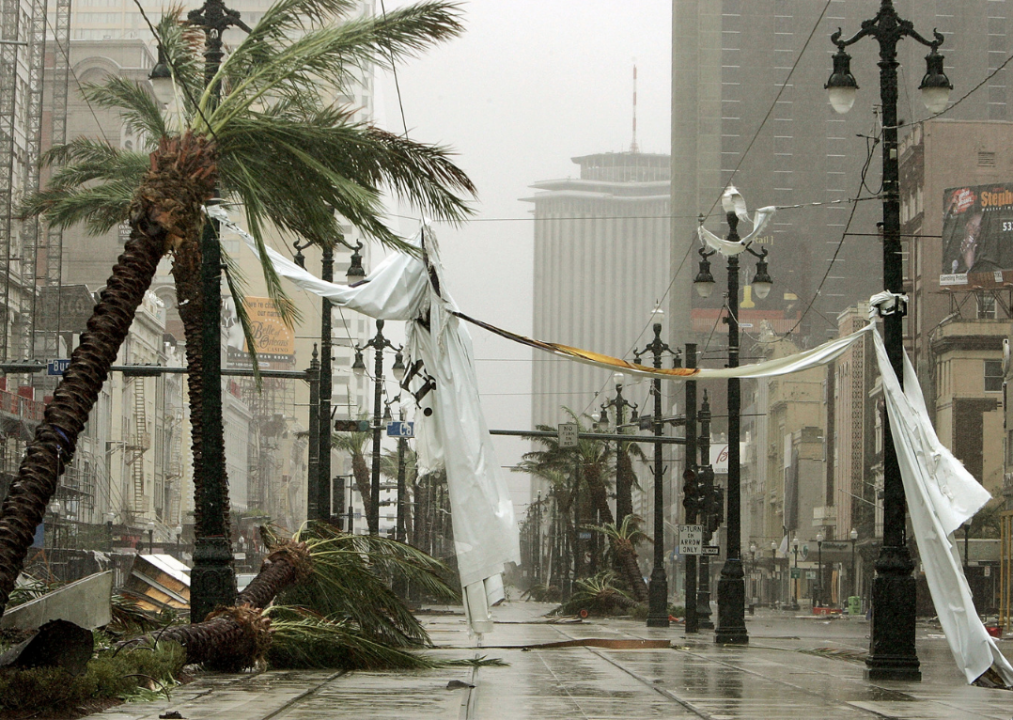
Mario Tama // Getty Images
Hurricane Katrina
Katrina was the deadliest and costliest hurricane in U.S. history.
The storm and its levee-breaching floods killed as many as 1,836 people and submerged much of the City of New Orleans in what was then a record-breaking hurricane season.
A year later in 2006, the that " Global warming accounted for around half of the extra hurricane-fuelling warmth in the waters of the tropical North Atlantic in 2005, while natural cycles were only a minor factor."
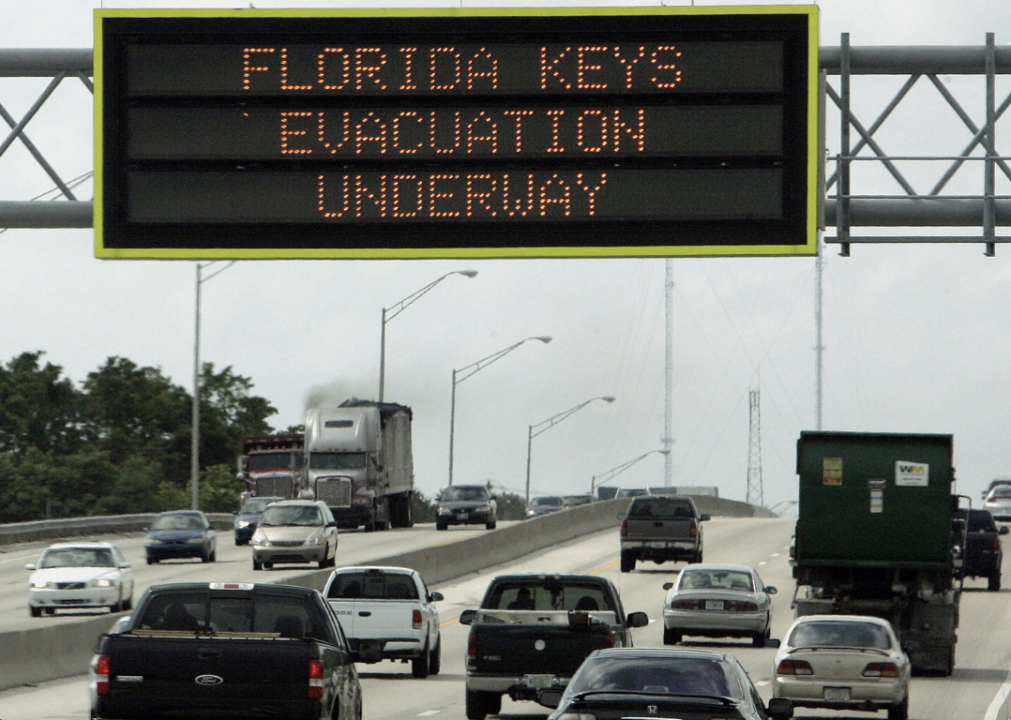
Robert Sullivan // Getty Images
Hurricane Rita
In September 2004, a few short weeks after Katrina, Hurricane Rita became the #4 most-intense Atlantic hurricane ever recorded.
The same climate change-induced conditions that propelled Katrina, which were cited in , fuelled Rita. Rita killed over 100 Americans and many more outside the United States who were in the monster storm's path.
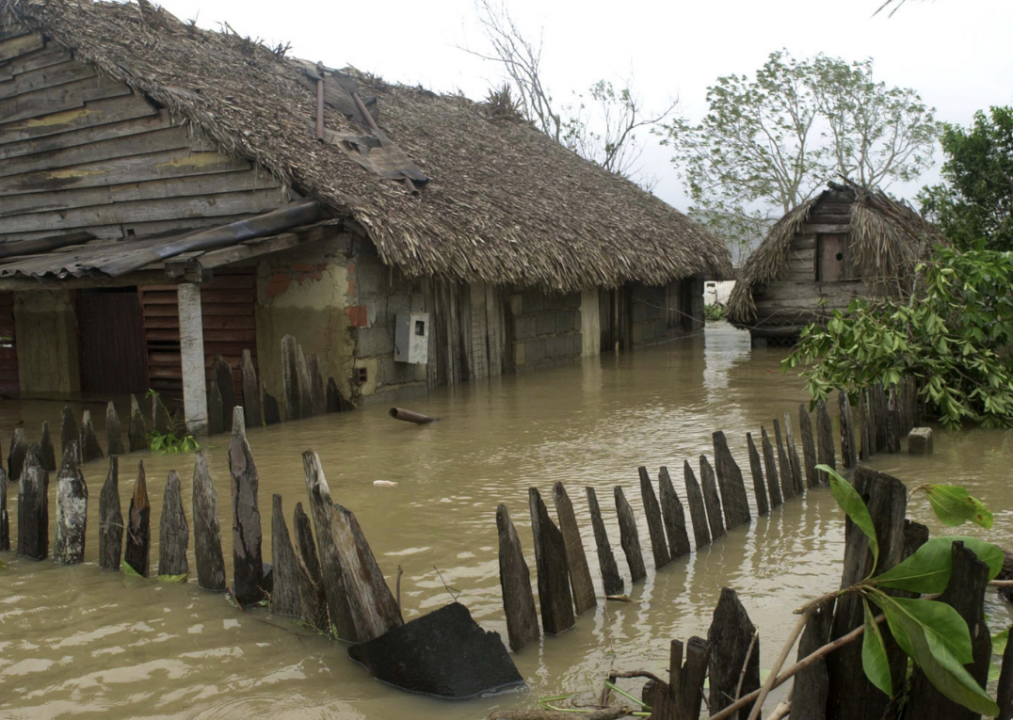
Jorge Rey // Getty Images
Hurricane Ivan
In 2004—a year before Katrina dominated a record-breaking 2005 storm season—Hurricane Ivan devastated the United States and beyond as yet another Category 5 storm ranking in the top 10 of history's costliest hurricanes.
It was just one of 15 named storms—nine hurricanes, and six major hurricanes—in a season that "had well above-normal activity," by a group of scientists from the country’s top hurricane and climate agencies. The report concluded that the enhanced hurricane season was the result of a range of complex weather patterns attributed, in part, to climate change.
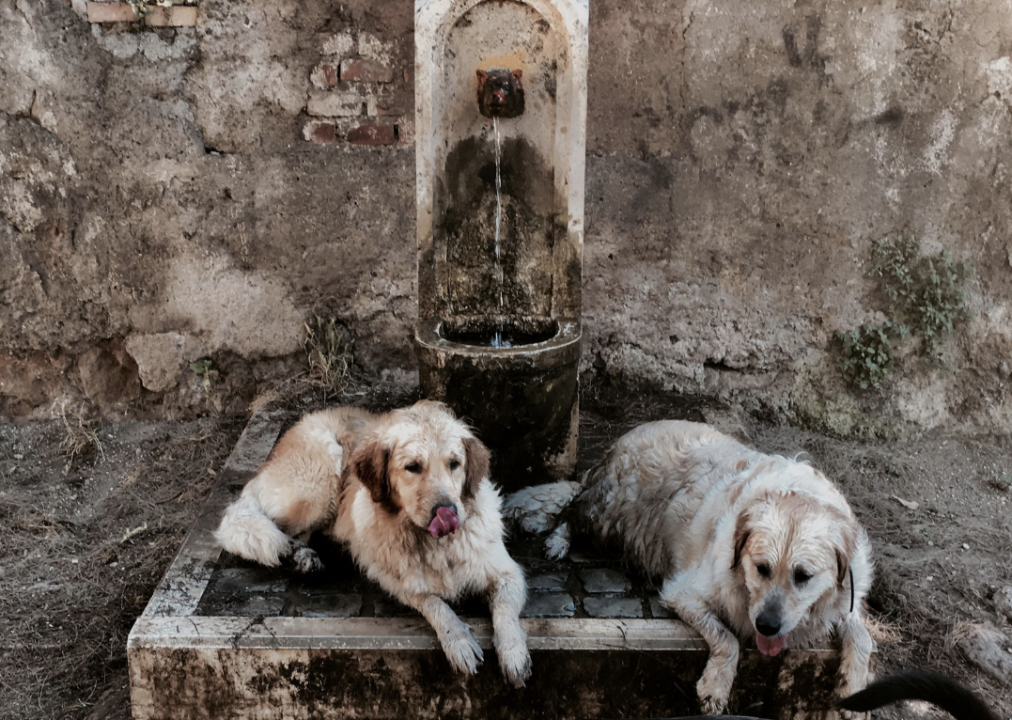
Tiziana Fabi // Getty Images
2019 European heat wave
In July 2019, two heat waves smothered Europe and broke temperature records across the continent. The that the "heat waves carry the signature of man-made climate change."
In fact, the group stated that the record-breaking year was made 30 times more likely by the effects of climate change and that without intervention, the continent can expect this experience every other year by 2050.
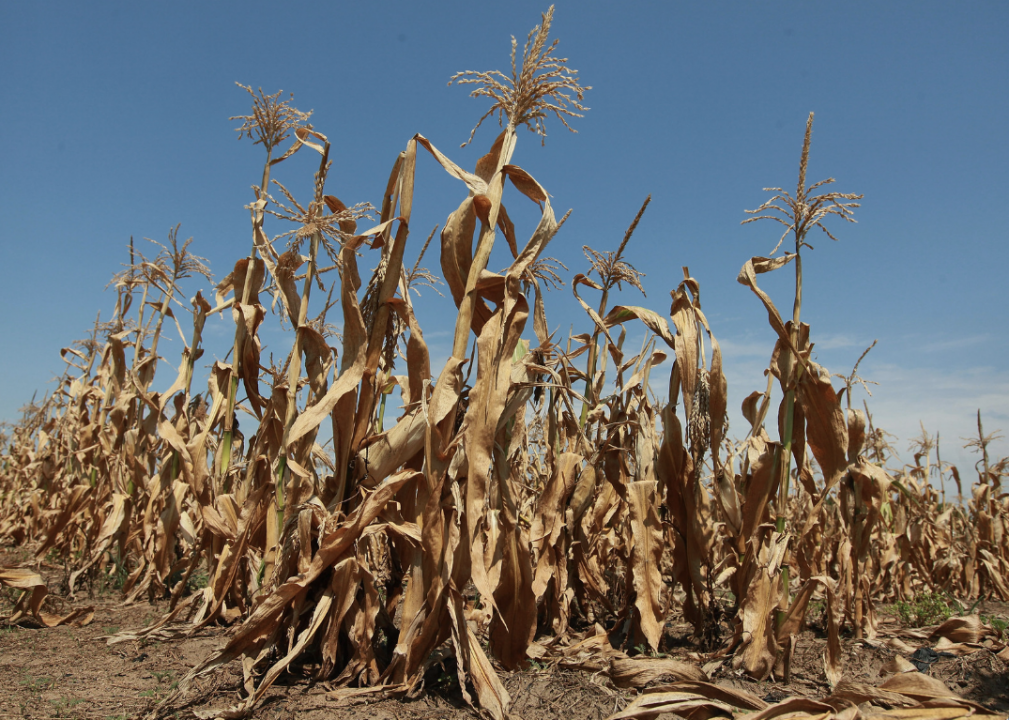
Scott Olson // Getty Images
2012 North American drought
In 2012, a serious and widespread heat wave gave birth to a massive drought that, at its peak, sucked the moisture out of virtually all the United States, as well as much of Mexico and Canada.
Defined by low snowfall in the winter, insufficient rain in the warm seasons, and stifling heat in the summer, the drought cost the United States as much as $150 billion. A , which focused on the 2012 event, concluded that "Climate change increases the odds of worsening drought in many parts of the United States and the world."
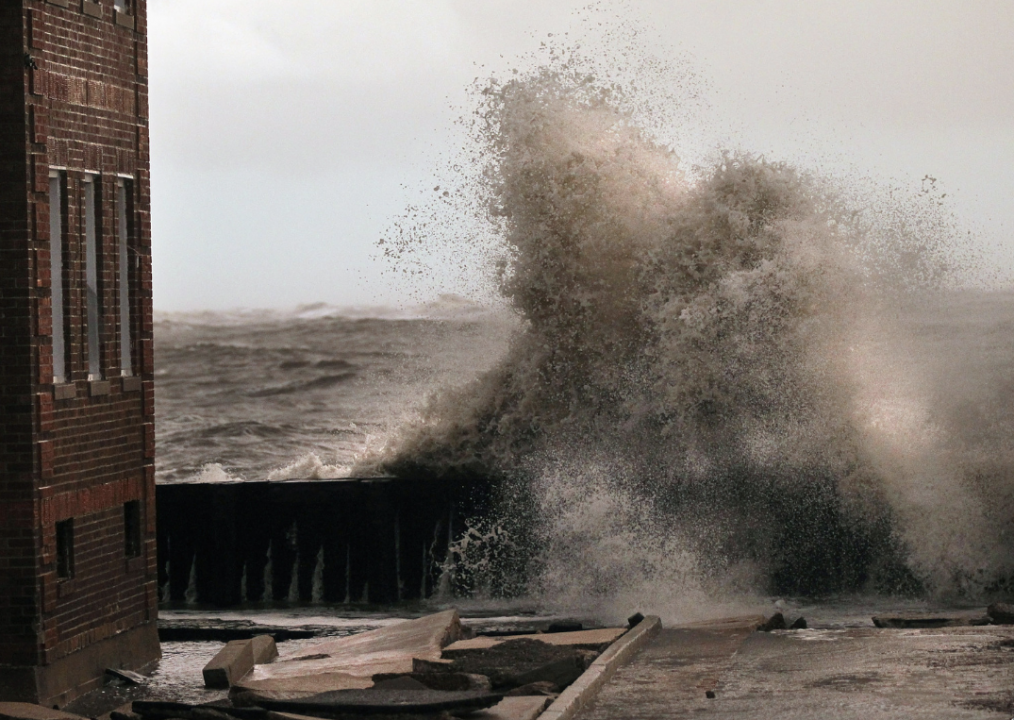
Mario Tama // Getty Images
Superstorm Sandy
In 2012, a hurricane known as Superstorm Sandy devastated the eastern United States, killing hundreds of people and causing $70 billion in damage—it was the second-costliest storm on record behind only Katrina until Harvey and Maria struck five years later.
Shortly afterward, that while it's unclear if global warming caused Sandy, it definitely made the storm worse. The report cited warmer, higher seas, and a "blocked" weather pattern as the main culprits.
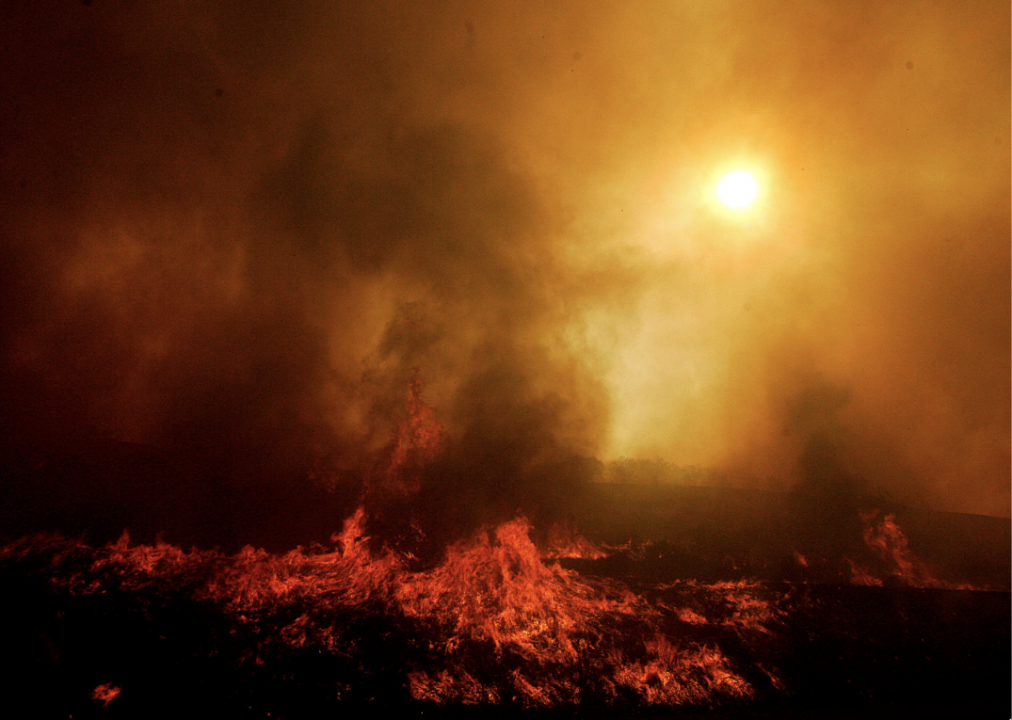
Sandy Huffaker // Getty Images
2008 California wildfires
"California’s Mediterranean climate predisposes its landscape to fires," .
Summer fires are the norm in the Golden State, but the environmental hazard assessment office reports that, thanks largely to climate change, five of the worst fires since 1950 occurred in a single decade in the 21st century. Among them were the 2008 California wildfires, which were the second-costliest to extinguish in history.
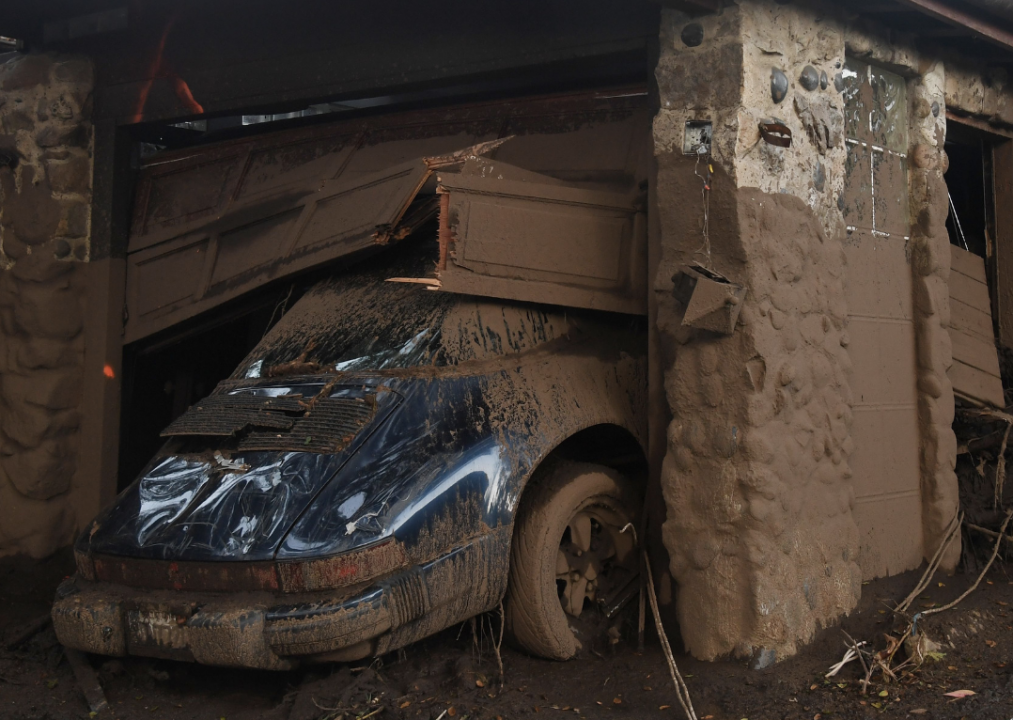
Robyn Beck // Getty Images
2018 California mudslides
In 2018, a series of deadly mudslides buried towns in mud and debris and killed over 20 people across California, and , a warming planet contributed to the calamity. Vegetation that would have stabilized the soil had just been burned away by a series of fires attributed to climate change. Extreme rainfall then drenched the destabilized soil, caused in part by global warming, and saturated hillsides couldn't soak up the water.
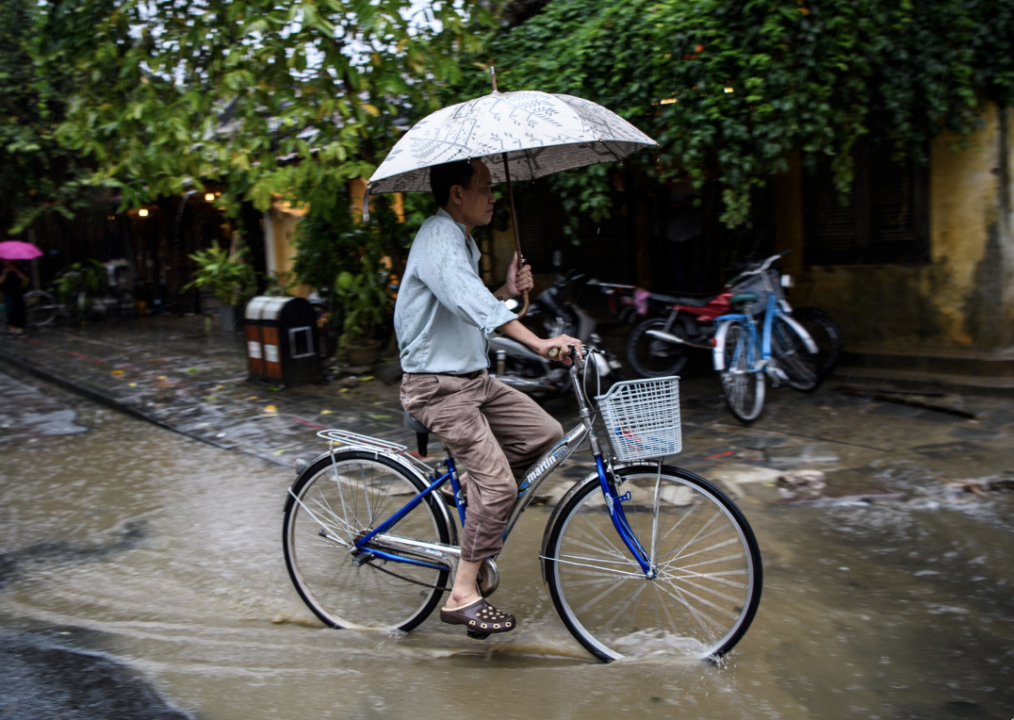
AFP // Getty Images
2017 South Asia floods
Right around the time hurricanes Harvey, Maria, Irma, and Matthew were tearing through the Western Hemisphere in 2017, floods caused by monsoon rains killed over 1,000 people in Bangladesh, India, and Nepal—about one-third of Bangladesh was under water at one point.
, climate change created warmer air at higher altitudes, causing snow to melt and Himalayan rivers to bulge. The result was deadly, climate change-induced flooding that shocked a region long familiar with severe monsoon floods.
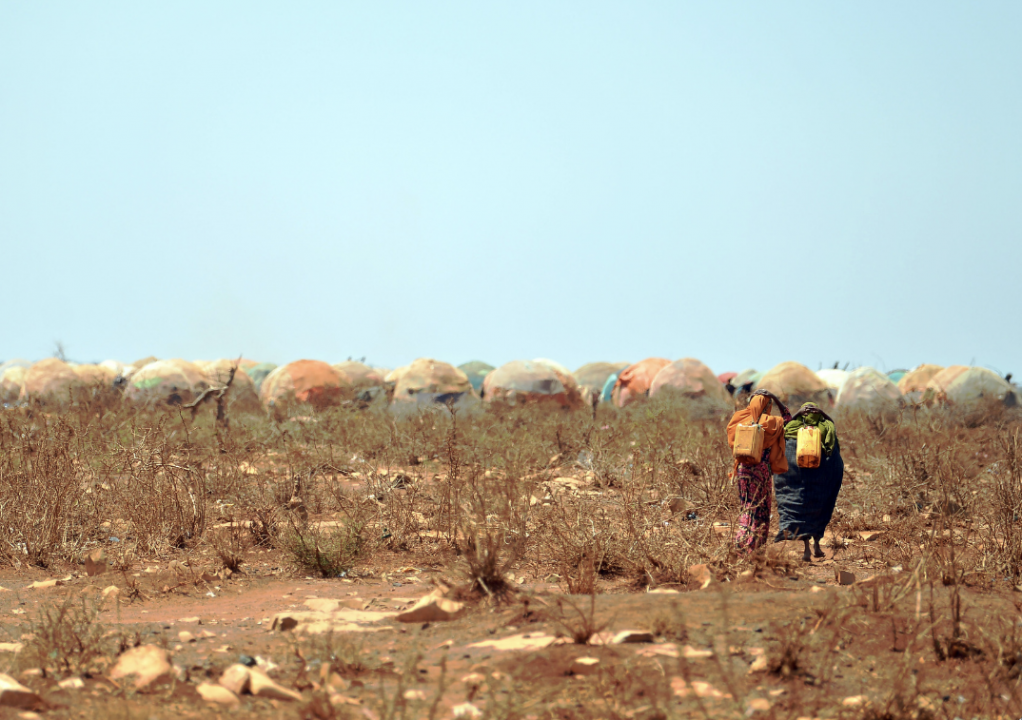
Tony Karumba // Getty Images
2011 East Africa Drought
In 2011, the worst drought in 60 years suffocated the entire East Africa region, killing hundreds of thousands of people, many of whom died from a related food crisis.
that at least some of the disaster was caused by naturally occurring phenomena and that the region's fragile political and social structure exacerbated the food crisis. It also concluded, however, that climate change—particularly the shortening of long, soaking rains—put already vulnerable regions at greater risk for climate-induced disasters.
